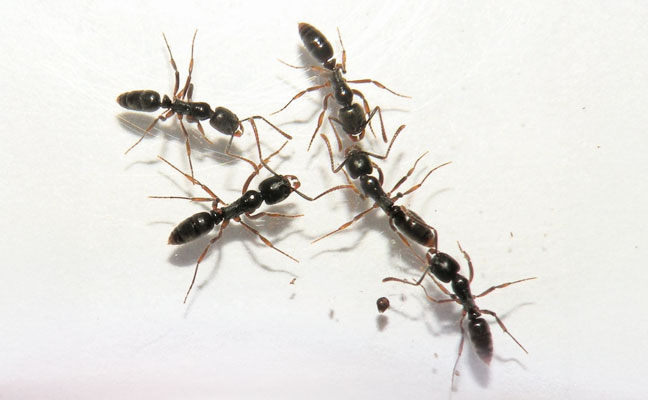
The Asian needle ant (Brachyponera chinensis) has made headlines in recent months, as this invasive species has been confirmed in new parts of the country, further expanding its range across the United States. One important cause for concern surrounding this species is its ability to deliver a painful, venomous sting that can lead to a potentially life-threatening response to those allergic to insect venom.

The Asian needle ant is native to China, Japan and Korea. It was first discovered in the United States in 1932 but wasn’t formally recognized as a pest here until 2006. Since then, this ant has been reported in several states including Alabama, Arkansas, Connecticut, Florida, Georgia, Massachusetts, Maryland, Mississippi, New York, New England, North Carolina, Ohio, Pennsylvania, South Carolina, Tennessee, Virginia, Wisconsin and, most recently, Washington. This list expected to grow as the ant expands its range.
One important concern with the spread of this invasive species is its ability to outcompete other ants for food, displacing native species and disrupting ecosystems. This species prefers to feed on termites, but workers can be found foraging on a wide range of other arthropods and sugary human foods.
Colony size can vary from a few individuals to thousands of workers depending on the nest site and the time of year. Colonies are both polygynous (multiple queens per colony) and polydomous (multiple nest sites), adding to the layer of challenges when containing and controlling the spread of this invasive pest.
Research is ongoing to develop a formalized control strategy for this species, but anecdotal reports and field recommendations suggest the use of protein-based insecticidal ant baits used according to label instructions can be successful.
Dr. Bentley is VP of training and technical services for the National Pest Management Association. You can reach him at mbentley@pestworld.org.
Leave A Comment